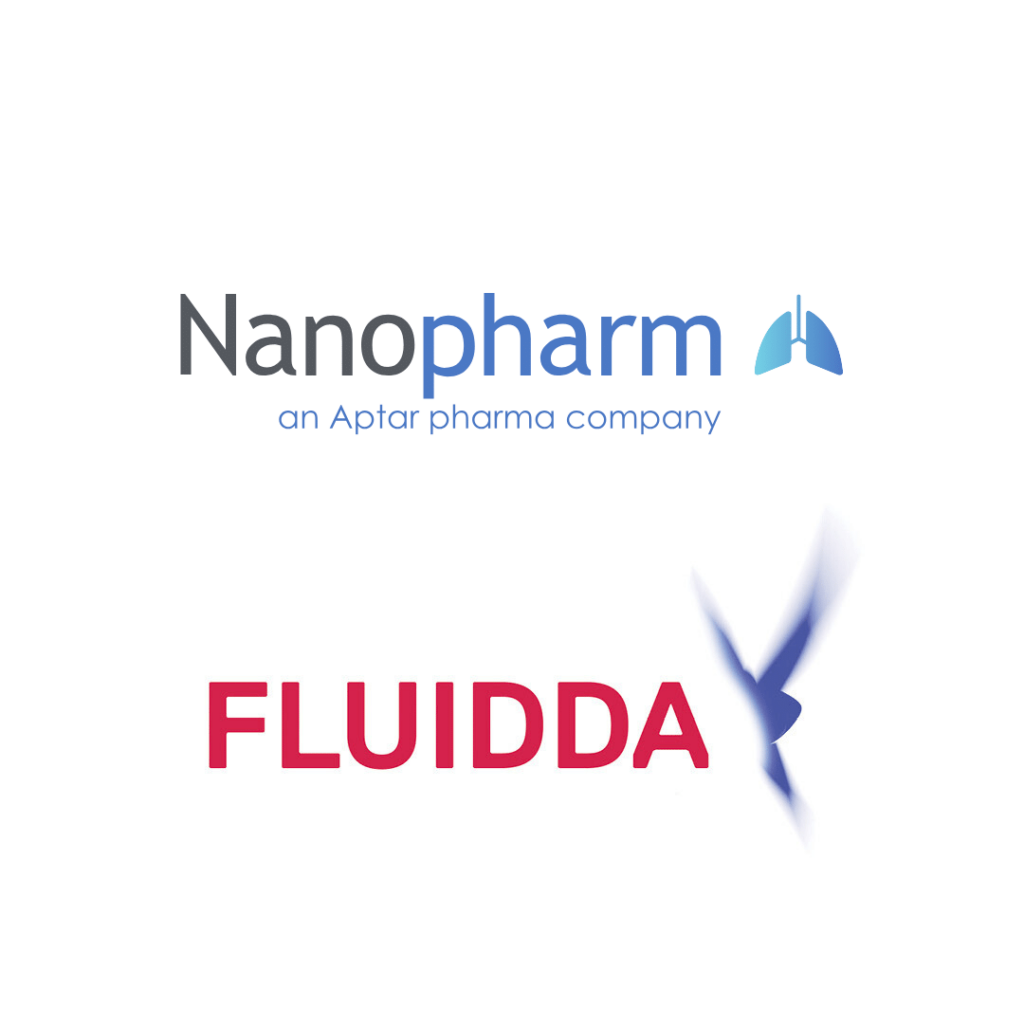In light of the FDA’s updated position on in silico modelling, Nanopharm’s Dr. Will Ganley and Dr. Jan de Backer of Fluidda discuss its potential for supporting more than generic drug development alone.
Through a series of updated Product Specific Guidances (PSGs) published in 2024, the US Food & Drug Administration (FDA) underlined its support for the use of alternatives to Clinical Endpoint Studies in demonstrating bioequivalence via an abbreviated new drug application (ANDA).
For generics companies, this unlocked new opportunities to employ validated in silico methods of modelling and simulation to reduce the cost of establishing an evidence base for new generic drug products, both derisking and speeding their path to market. But, generics aside, does the regulator’s position also have broader implications for the development of other inhaled combination drug products?
In the latest instalment of our video series, Dr. Eleanor Canipa, Head of BD at Nanopharm, Dr. Will Ganley, Senior Specialist in Computational Science at Nanopharm, and Dr. Jan de Backer, CEO of Fluidda, discuss how – and why – taking a platform approach to validated in silico bioequivalence methods can bring important benefits to the wider pharmaceutical community.
Dr. de Backer says such benefits are rooted in the fact that in silico software tools provide deep understanding of what is driving a particular outcome from an early stage, exploiting knowledge of the particle path from device to deep in the lung. He adds that accuracy in modelling is supported by the use of patient-specific computed tomography (CT) scans.
“We can clearly see how important individual variables are when it comes to local exposure in the lung. How important is, for instance, plume velocity or the extent of the disease in the lungs?” he explains. “The more you know about what drives your outcome, the more you can use it from the start in the design of your drug and your device.”
This capability, he says, allows in silico tools to add value not just for 505(j) Abbreviated New Drug Applications (ANDA) but also for 505(b)(2) New Drug Applications (NDA), where new products are potentially transferring the delivery platform from, for example, a nebuliser to a dry powder inhaler (DPI).
Dr. Ganley adds that in silico approaches have the potential to be taken further still, with a model master file (MMF) providing validation of an underlying approach in relation to a diverse range of aerosols. Therefore, with the right validation data, there is potential to establish a framework akin to an inhaled biopharmaceutical classification system (BCS). This would, he argues, pave the way for a validated platform to apply to all relevant molecules, including new chemical entities (NCEs).
“Provided they fall within the range of the chemical space you’re validated on, and you’re intelligent about how you pick those points, then, yes, it can be used for new molecules, new products, repurposing generics. The potential is that it could be used for almost anything,” he said.
Dr. de Backer adds that such a direction of travel complements the momentum building across the wider pharmaceutical industry for employing advanced technologies to optimise drug development, such as the use of imaging as an endpoint in respiratory medicines. He cites as an example the focus on CT scans to assess mucus plugs in severe asthma or the effect of drugs on the vasculature in pulmonary hypertension in order to provide a clear indication of what is happening locally. This information can, in turn, be used to develop ever more effective disease models, he says.
“I think that’s quite hopeful because there’s still a lot of work to do,” concludes Dr. de Backer. “We don’t cure asthma, we don’t cure COPD, we don’t cystic fibrosis, but I think we’re getting better and better at detecting them earlier and then making sure the patient stays stable for a longer period of time.”
For more information on in silico bioequivalence and Nanopharm’s market-leading SmartTrack™ platform, contact our team today.


